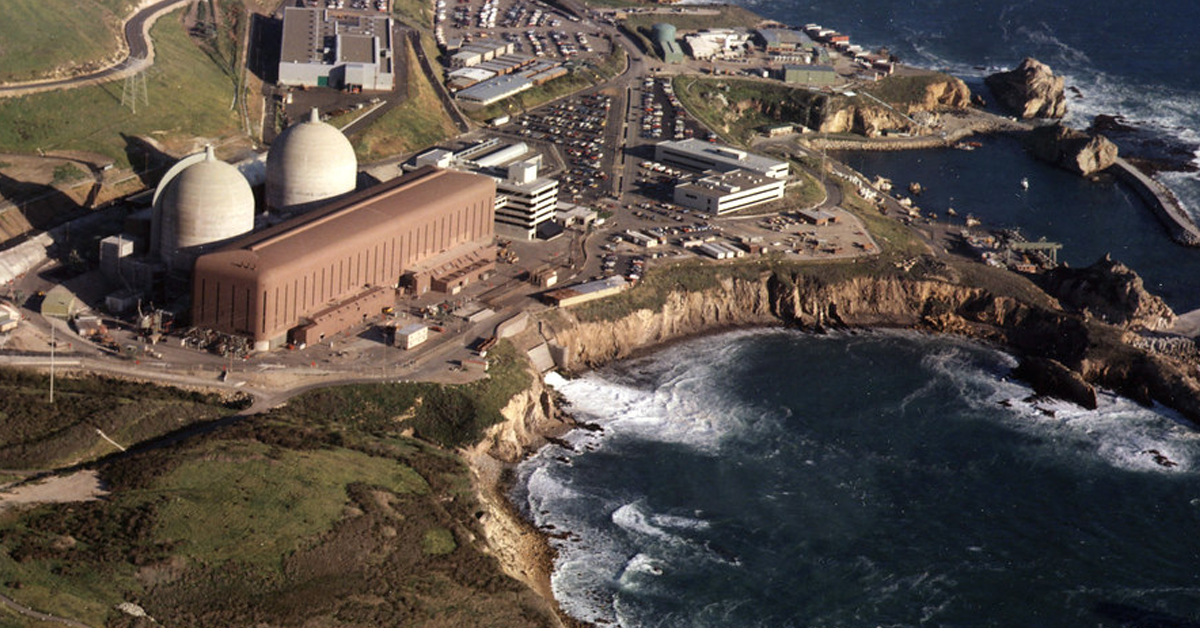California legislators are in disagreement with Governor Gavin Newsom over a proposed $400 million loan payment to support the continued operation of the state’s last remaining nuclear power plant, Diablo Canyon.
The state Senate and Assembly have cast votes signaling their intention to cancel the loan payment, highlighting a divide between the legislative branch and the governor concerning energy policies and funding.
The big picture: Plans to extend the lifespan of the Diablo Canyon plant beyond its scheduled closure by 2025 have faced opposition as cost estimates for the extension have surged to nearly $12 billion, raising concerns about potential financial burdens on ratepayers and the accuracy of the projections.
- Operator Pacific Gas & Electric (PG&E) has disputed the inflated cost estimates and emphasized the importance of the plant’s operations for meeting the state’s energy needs and mitigating climate change.
Driving the news: The ongoing debate over the future of Diablo Canyon reflects long-standing tensions surrounding the safety and environmental impact of nuclear power, as well as the broader shift in energy resources towards renewable sources, such as solar and wind power.
- Governor Newsom’s support for the extended operation of the nuclear plant is driven by the need to ensure adequate energy supply and to prevent blackouts in the face of climate-related stress on the state’s energy system.
- Concerns have been raised by legislators regarding the potential financial risks to taxpayers and the state budget, as well as the possibility of PG&E not fulfilling repayment obligations for the proposed loan if the extension plans for Diablo Canyon are disrupted.
- The history of Diablo Canyon, which began operating in the 1980s, has been marked by controversies over seismic safety, environmental impact, and the management of radioactive waste, with critics raising concerns about potential equipment failures and the threat of earthquakes.
- The disagreement over Diablo Canyon’s future occurs against the backdrop of a broader reevaluation of nuclear power in the context of climate change, with conflicting views on its role in reducing carbon pollution and addressing energy needs.









